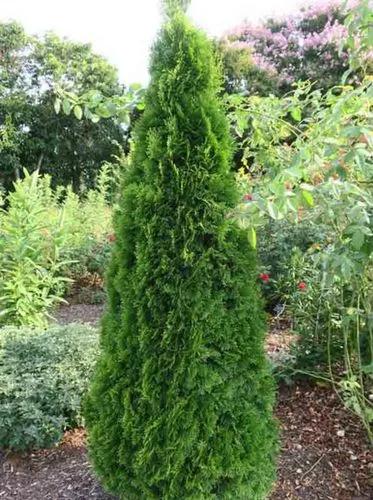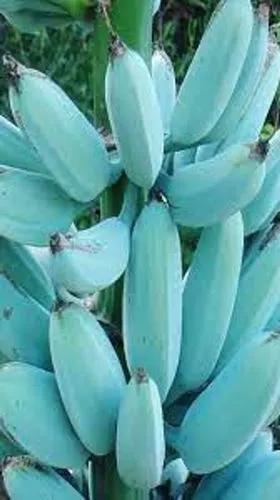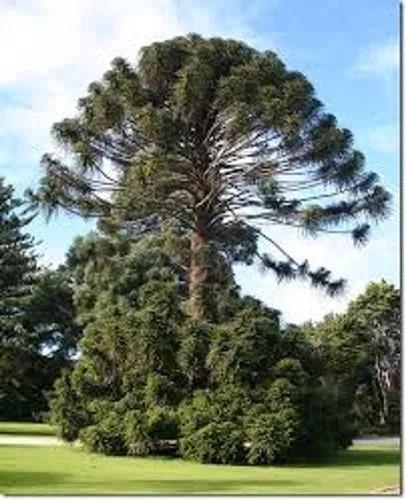It has drooping branches and long yellowish twigs which hang down almost to the ground. It is native to China and is widespread in the northern hemisphere. The real Weeping willow is Salix babylonica but there are some varieties of other willow species which are very similar, like Salix alba 'Tristis' and Salix x sepulcralis 'Chrysocoma'. The trees can grow 20 m (65ft) tall and become 80 to 200 years old when they grow under favorable circumstances. Willows like moist soil and often grow close to ponds, lakes and rivers. In spring, the silvery or yellow catkins give the weeping willow a very attractive appearance. The leaves are long and narrow. In autumn they turn golden yellow before they fall off. Weeping willows can be beautiful bonsai but their care and styling is not particularly easy. They need a lot of water and their strong growth must be controlled. It is best to make larger willow bonsai because the hanging branches and leaves need enough room. The shoots need to be wired downwards all the time because they tend to grow upwards to reach the willow's genetically predetermined height. Willows sometimes lose branches which die for no apparent cause.
Weeping Willow Care
Salix repens



How to Care for the Plant

Water

Willows like standing water. Their long, far-reaching root systems can be helpful in clearing up puddle- and flood-prone areas of a landscape. They also like to grow near ponds, streams, and lakes.

Pruning

While the tree is young, prune it so that there is only one central leader. It should also be trained to have wide branch crotches to help prevent breakage, as the tree is somewhat brittle and can be susceptible to wind damage.

Fertilizer

A balanced fertilizer with an equal ratio of nitrogen, phosphorus, and potassium (such as a 20-20-20 formula) is appropriate for a weeping willow. Nitrogen supports foliage growth on the tree's long, weeping branches.

Sunlight

Full sun and partial shade are best for this tree. It needs at least four hours of direct, unfiltered sunlight each day.

Soil

This tree is tolerant of a wide variety of well-draining soils and soil pH. Although it prefers moist, slightly acidic soil, it grows well in alkaline, loamy, rich, sandy, and clay soils. If your soil is too alkaline, add some organic matter to lower the pH.

Temperature

Weeping willows have some drought-tolerance and can handle the winter cold. The tree can also tolerate summer desert heat as long as greenery and water are not too far away.

Popularity

454 people already have this plant 79 people have added this plant to their wishlists
Discover more plants with the list below
Popular articles






